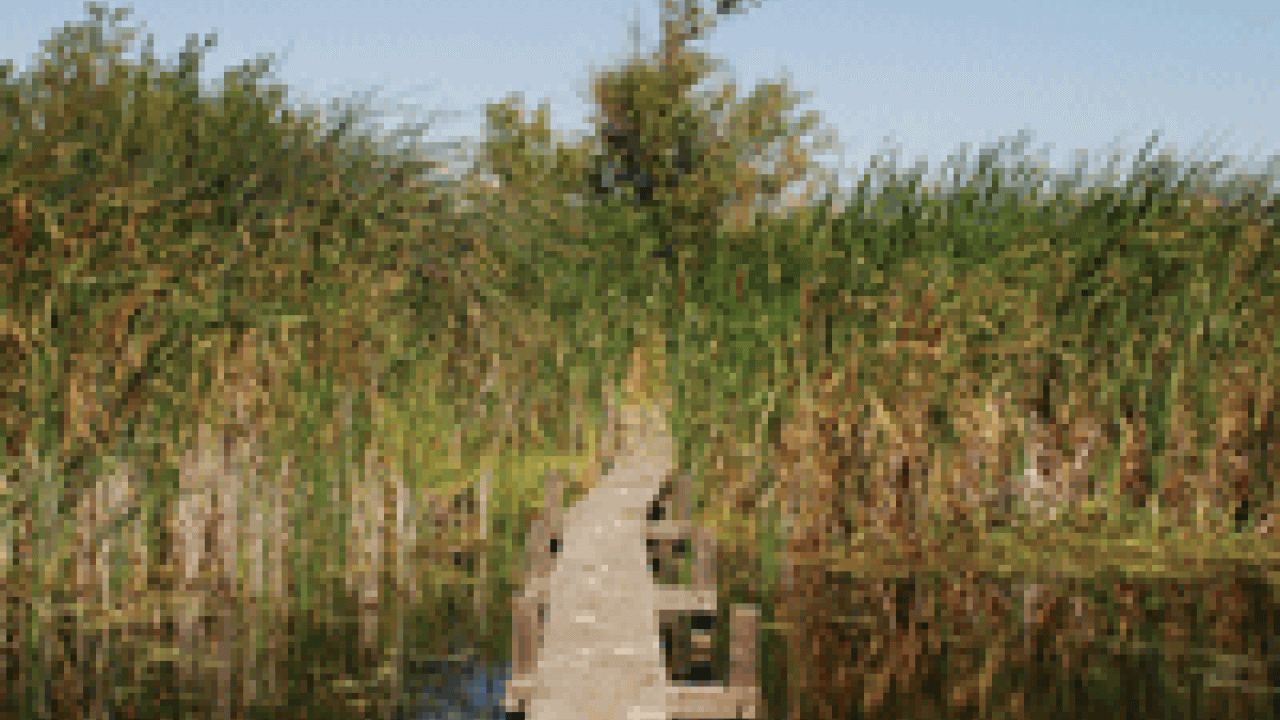UC Davis is joining federal and state agencies in the Sacramento-San Joaquin River Delta for expanded research into "carbon-capture" farming" a process of trapping carbon dioxide and rebuilding the soil base.
"UC Davis scientists will play a major role in this project," said William Horwath, a professor in the Department of Land, Air and Water Resources, and holder of the James G. Boswell Endowed Chair in Soil Sciences.
"We'll be providing the scientific expertise necessary to gain a better understanding of the factors controlling carbon capture in these re-established wetlands."
UC Davis' participation is made possible by a three-year, $12.3 million grant from the state Department of Water Resources. UC Davis and the U.S. Geological Survey are sharing the grant, which was announced July 23.
Carbon-capture farming aims to keep carbon dioxide and other greenhouse gases out of the atmosphere, while at the same time easing pressure on the delta's aging levee system. Success on those two fronts will bring new economic potential to the delta, officials say.
The Geological Survey already is a partner with the water resources department on a pilot project that has showed carbon-capture farming's promise in the delta. The process is designed to reverse the effects of long-standing farming practices on the fragile and unique peat soil that forms delta islands.
The islands are subsiding due to cultivation and the soil's exposure to wind and rain. Most of the delta's farmed islands are more than 20 feet below the surrounding water -- threatening the levees' stability.
The levees keep water off the delta islands, of course, but they also channel freshwater to more than 25 million Californians and millions of acres of Central Valley farmland.
There is more to worry about, though. As the delta islands erode, there is less earth to hold in greenhouse gases.
To raise the islands, thereby containing those gases and protecting the levees, researchers set about "growing" wetlands on the deeply subsided Twitchell Island, in the western delta.
USGS scientists recorded elevation gains of more than 10 inches from 1997 to 2005 on two seven-acre test plots as cattails, tules and other plants grew, died and decomposed. The process leaves behind roots and plant remnants that compact into a material similar to what initially formed the peat soil.
The research project calls for the construction of new wetlands on up to 400 acres on a western delta island, starting in the spring of 2009.
For more information from the USGS, click here.
Media Resources
Clifton B. Parker, Dateline, (530) 752-1932, cparker@ucdavis.edu
